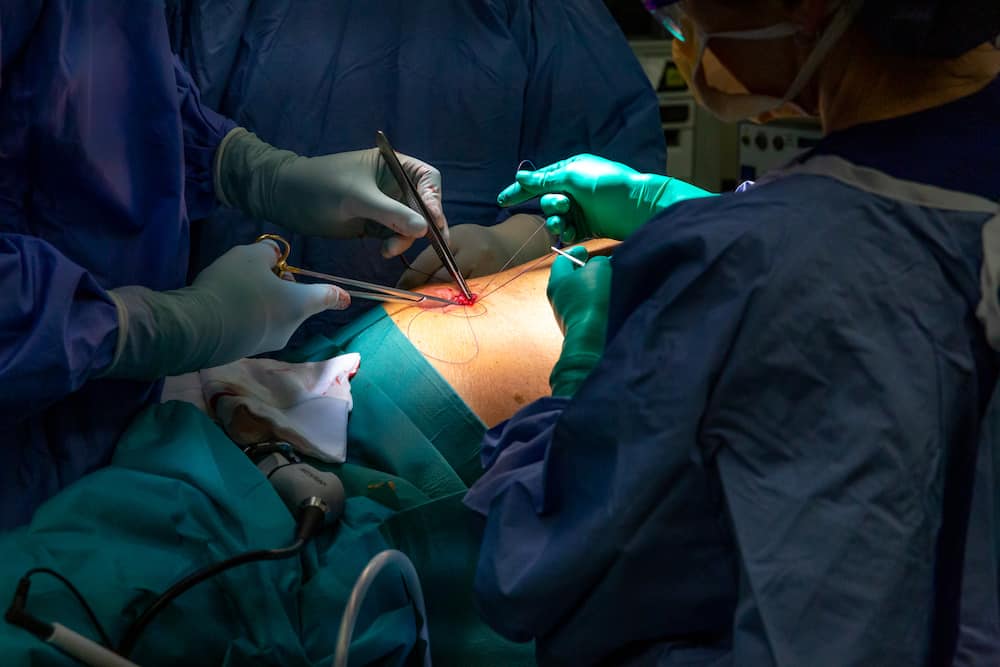What are neuroendocrine tumours?
Neuroendocrine cells produce hormones that are released into the bloodstream. Neuroendocrine tumours occur when cancer cells form in the neuroendocrine system. Neuroendocrine tumours can occur anywhere in the body, however they are rare. Most neuroendocrine tumours occur in the lungs, small intestine, appendix, pancreas and rectum.
There are different types of neuroendocrine tumours:
- Functional Neuroendocrine Tumours – produce excess hormones.
- Nonfunctional Neuroendocrine Tumours – don’t release active hormones or don’t release enough to cause symptoms.
Occurring most commonly in the upper gi tract, neuroendocrine tumours can appear anywhere, however they are rare.

Title
Neuroendocrine Tumours - symptoms
Neuroendocrine tumours do not always present symptoms or signs at first. The symptoms you may experience can vary depending on where the neuroendocrine tumour presents in the body and whether it is producing excess hormones. Some neuroendocrine tumour signs and symptoms can include:
- Changes in the skin, that can cause pain
- Fatigue
- Weight loss
Functional neuroendocrine tumours that produce excess hormones may cause the following signs and symptoms:
- Increased thirst
- Frequent urination
- Diarrhea
- Skin flushing / skin rash
- Feeling dizzy or experiencing ‘shakiness’
Neuroendocrine Tumours - diagnosis
The diagnosis of a neuroendocrine tumour is dependent upon where the tumour occurs in the body, the type of tumour that presents (whether it produces excess hormones for example), how aggressive the tumour is and whether it has spread to other parts of the body.
If your doctor suspects you may have a neuroendocrine tumour following a physical exam and a series of tests, you will likely require some or all of the following diagnostic tests:
- Blood tests
- Urine tests
- Biochemical markers
- Ultrasound
- CT Scan
- MRI
- Octreotide PET Scan
- Endoscopy
Neuroendocrine Tumour Treatment & Surgery
Once diagnosed, your doctor will discuss the best treatment options for your tumour. Treatment options will depend on the type of tumour, whether the cancer has spread, while considering you age, fitness and general overall health.
The main treatment for neuroendocrine tumours is surgery to remove the tumour. As neuroendocrine tumours can occur in multiple parts of the body, it is important that the surgeon carrying out the procedure is a specialist in that particular area, for example the pancreas or stomach.
Types of surgery for pancreatic neuroendocrine tumours
Sometimes the tumour by itself can be removed (enucleation) with minimal other pancreatic tissue but sometimes a more formal resection of the pancreas needs to be performed to remove the tumour and this may involve either:
- Whipple procedure – this operation removes the head of the pancreas, the duodenum (first part of the small intestine), gallbladder and bile duct.
- Distal pancreatectomy – this surgery removes the body or tail of the pancreas.
